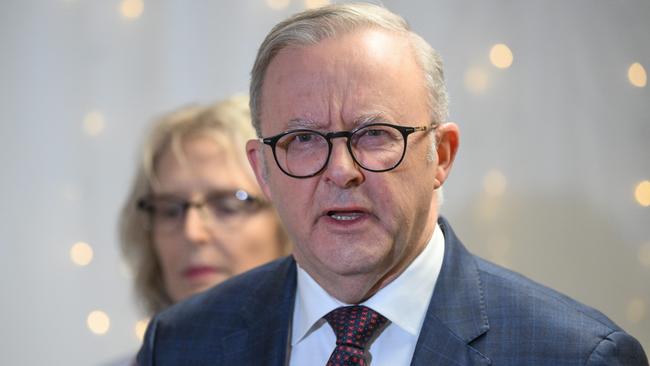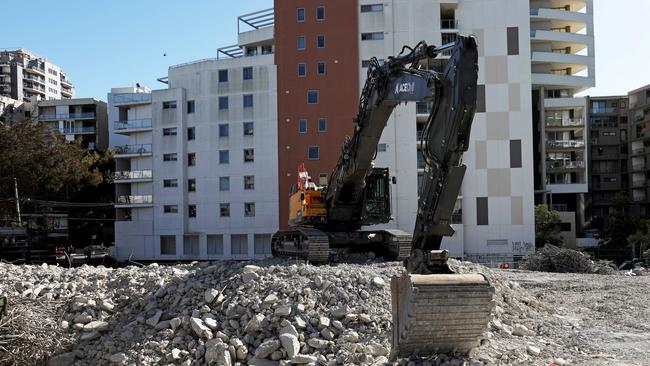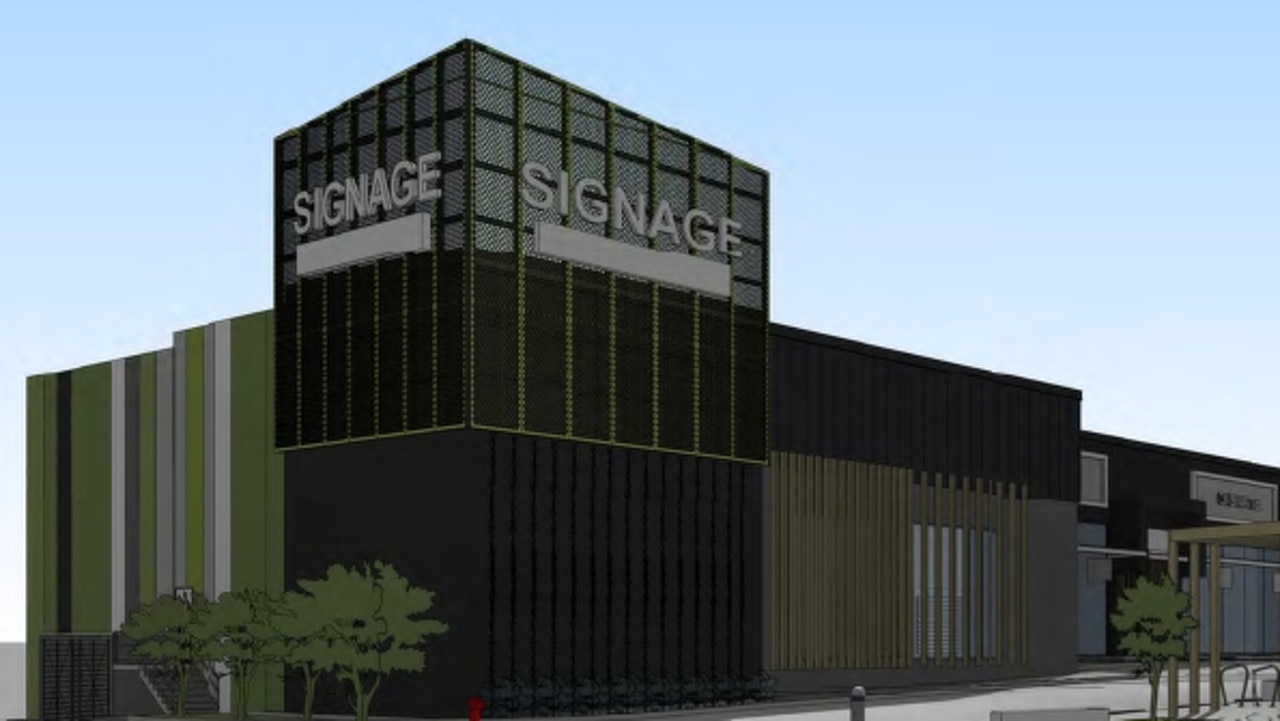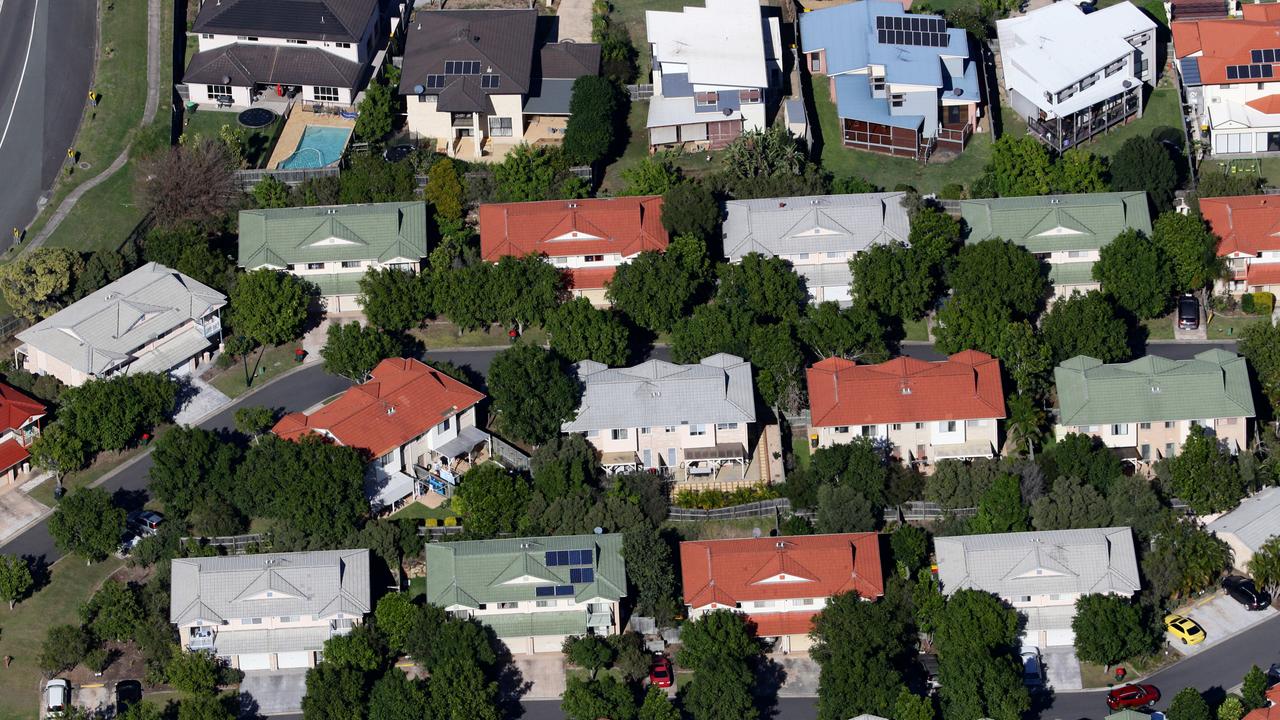Build-to-rent sector faces huge risks
The future of the build-to-rent sector is on a rocky path as financial hurdles and policy delays threaten Australia’s ambitious development plans.

Property
Don't miss out on the headlines from Property. Followed categories will be added to My News.
The emerging construction growth trajectory of build-to-rent (BTR) apartments is at risk of stalling.
There is a pipeline of 50,000 apartments, but the expectations of 100,000 worth $100bn by 2030 will be a challenge.
Construction of BTR projects eased by 19 per cent during the 2023-2024 financial year mostly due to the ongoing policy uncertainty over the taxes being applied, along with higher borrowing costs, according to Oxford Economics Australia.
Development remains focused in Melbourne, with the city possessing 41 per cent of the tracked pipeline, clustered heavily on the CBD fringe. Sydney and Brisbane follow, with respective market shares of 24 per cent and 19 per cent.
MORE: ‘Robber barons’: landlord myth exposed

The Greens and the Coalition have combined in the federal parliament to delay Labor’s BTR tax legislation which was announced in the May budget last year, but faced inordinate delays on its introduction into the parliament.
Labor proposes two tax incentives for investor developers. It seeks to reduce the final withholding tax rate on eligible fund payments such as distributions of rental income and capital gains from management investment trust investments from 30 per cent to 15 per cent. It increases the depreciation rate for capital works to four per cent per annum, up from 2 per cent which cuts the depreciation period from 40 years to 25 years.

There are also conditions including at least 10 per cent of the apartments being tenanted on an affordable basis, that is with rents set at 75 per cent or less than the market rental of a similar home.
The affordable and market-rate offerings in the same building must have equal quality finishings and fittings.
The household incomes of the tenants must be under a certain income limit.
The buildings, which must contain at least 50 apartments, are to offer leases of three years or more.
MORE: Homeowners enjoying record selling conditions
The Greens are demanding 100 per cent to be affordable with the bill sent to an Economics Committee inquiry which will report by early September. The Greens also want rent rises to be capped at 2 per cent every two years.

Oxford Economics does envisage significant upside for the sector towards the end of the decade, positioning BTR as Australia’s most active institutional property class when it comes to new asset investment, Oxford economist Michael Dyer said.
The BTR industry was virtually non-existent in Australia seven years ago, and makes up just 0.2 per cent of Australia’s housing market with the most recent report by Ernst & Young calculating just 11 developments up-and-running, with a further 72 developments in the works.
Dyer expects BTR to be a “big component” on any closing in on the government’s 1.2 million housing accord target, especially if the proposed tax changes provide a springboard for further investment from foreign financiers such as Dutch fund manager PGGM and Japan’s Sumitomo Forestry.
MORE: Brutal reason iconic pub is closing
Infamous shopping mall given epic facelift
Originally published as Build-to-rent sector faces huge risks



